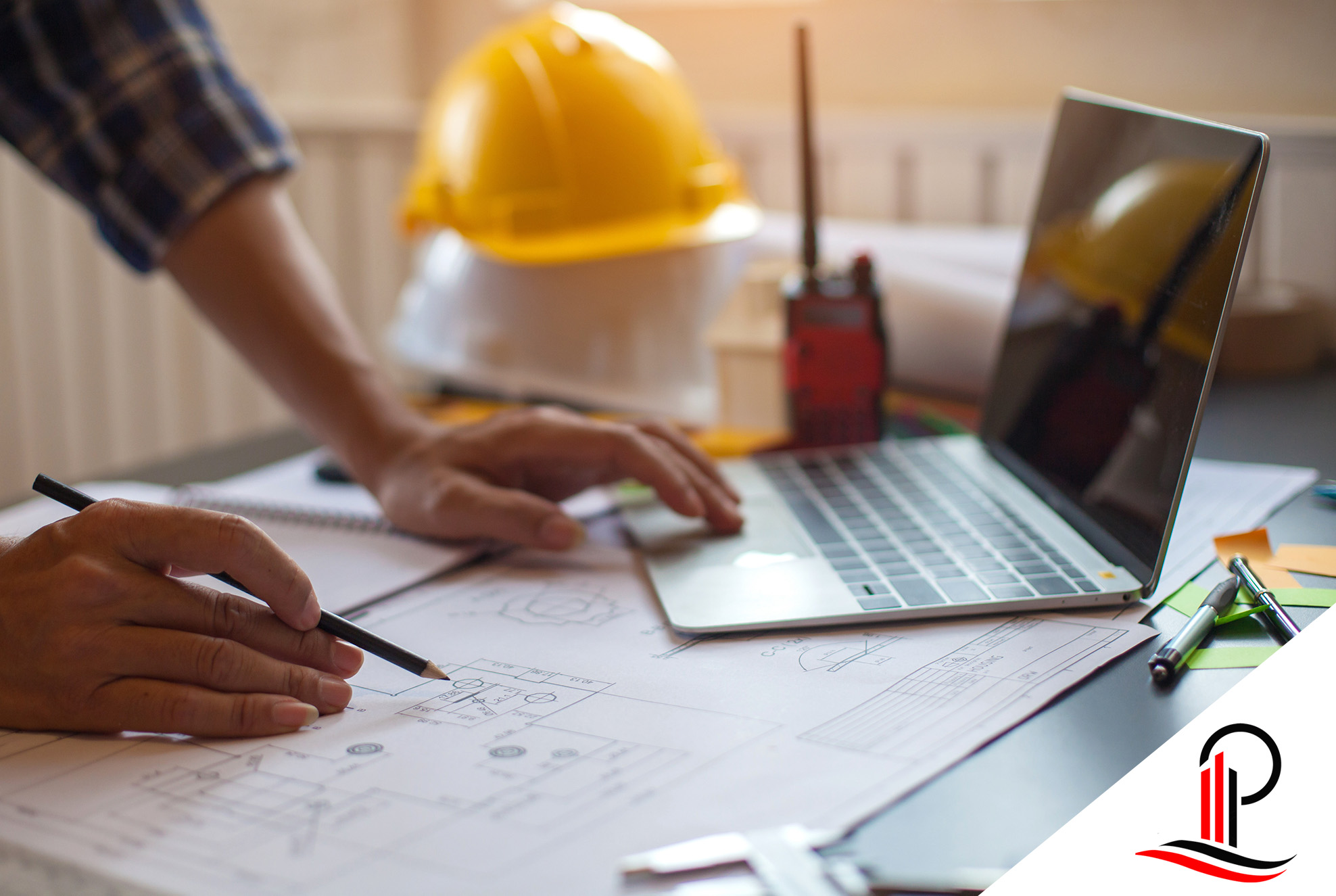In the modern world, where stress levels are high and sedentary lifestyles prevail, the built environment plays a crucial role in shaping our health and wellbeing. With this realization, architects, designers, and builders are increasingly embracing innovative approaches to create spaces that prioritize human health and happiness. From natural light to biophilic design, let’s delve deeper into some of the key design trends focused on promoting health and wellbeing in construction.
1. Biophilic Design: A Connection with Nature
Biophilic design is not merely a trend; it’s a philosophy that seeks to reconnect humans with nature within the built environment. Inspired by the innate human affinity for the natural world, biophilic design incorporates natural elements, patterns, and processes into architectural spaces. The integration of greenery, natural light, and organic shapes helps create environments that reduce stress, improve cognitive function, and enhance overall wellbeing.
Research has shown that exposure to nature, even in a simulated form, can have profound effects on human health. Incorporating biophilic elements into buildings can lead to improved air quality, reduced levels of anxiety and depression, and increased feelings of happiness and productivity among occupants. From rooftop gardens to indoor plant walls, architects are exploring innovative ways to infuse nature into urban environments, creating healthier and more sustainable places to live, work, and play.
2. Daylighting: Illuminating Spaces with Natural Light
Access to natural light is essential for our physical and mental health. It regulates our circadian rhythms, boosts mood, and enhances productivity. Daylighting design focuses on maximizing the use of natural light within buildings, reducing the need for artificial lighting and creating spaces that feel open and inviting.
Architects are increasingly incorporating features such as skylights, large windows, and light wells to bring natural light deep into buildings. This not only reduces energy consumption but also creates a more pleasant and comfortable environment for occupants.
In addition to its psychological benefits, daylighting also contributes to energy efficiency and sustainability. By reducing the reliance on artificial lighting, buildings can lower their carbon footprint and operating costs while simultaneously improving occupant comfort and wellbeing.
3. Active Design: Fostering Movement and Vitality
In today’s sedentary society, promoting physical activity within the built environment is more important than ever. Active design principles aim to create spaces that encourage movement and vitality, ultimately improving the health and wellbeing of occupants.
This approach involves designing buildings with features such as centrally located staircases, accessible walking paths, and on-site fitness facilities. By making it easier for people to incorporate physical activity into their daily routines, active design helps combat the negative effects of sedentary behavior, such as obesity, cardiovascular disease, and musculoskeletal disorders.
Moreover, active design fosters social interaction and community engagement, enhancing the overall quality of life for building occupants. Whether through the integration of outdoor recreational spaces or the promotion of active transportation options, architects and designers play a critical role in shaping environments that support healthy, active lifestyles.
4. Healthy Materials: Prioritizing Indoor Air Quality
The materials used in construction can have a significant impact on indoor air quality and occupant health. Toxic chemicals and volatile organic compounds (VOCs) found in many building materials can contribute to indoor air pollution and have been linked to respiratory problems and other health issues.
To address this, architects and designers are increasingly specifying low-VOC materials, natural finishes, and sustainable building products that are free from harmful chemicals. This not only improves indoor air quality but also reduces the environmental impact of construction projects.
By prioritizing healthy materials, buildings can provide occupants with cleaner, safer indoor environments, supporting their health and wellbeing for years to come. From recycled and reclaimed materials to non-toxic paints and adhesives, there is a growing array of options available to architects and builders seeking to create healthier built environments.
5. Thermal Comfort: Creating Spaces that Feel Just Right
Maintaining thermal comfort within buildings is essential for occupant wellbeing. Poor temperature regulation can lead to discomfort, reduced productivity, and even health problems such as heat stress or hypothermia.
Designing buildings with effective insulation, efficient heating, ventilation, and air conditioning (HVAC) systems, and responsive temperature controls can help to create spaces that are comfortable year-round. This not only improves occupant satisfaction but also reduces energy consumption and operating costs.
From passive design strategies such as natural ventilation and shading to advanced HVAC systems that optimize energy use while maintaining comfort levels, architects have a range of tools at their disposal to create environments that feel just right. By prioritizing thermal comfort in the design process, buildings can provide occupants with spaces that promote health, productivity, and overall wellbeing.
Conclusion:
As the focus on health-conscious design continues to grow, architects, designers, and builders are reimagining the built environment as a catalyst for human health and happiness. By embracing trends such as biophilic design, daylighting, active design, healthy materials, and thermal comfort, they are creating spaces that promote physical, mental, and emotional wellbeing for occupants.
From office buildings to schools, hospitals to homes, the principles of health-focused design are reshaping the way we think about architecture and construction. By prioritizing the needs of people and the planet alike, architects and builders have the power to create environments that not only support human health and happiness but also contribute to a more sustainable and resilient future.
As we look to the future, let us continue to innovate, collaborate, and advocate for designs that prioritize the health and wellbeing of all who inhabit the built environment. Together, we can create spaces that not only inspire and delight but also nurture and sustain us for generations to come.

